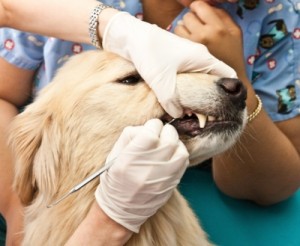When your teen goes off to their first day at work it’s an exciting prospect, inviting feelings of pride and worry similar to that you had when they first went to school. Going off to a summer job can be exciting but it can also be dangerous. Teens should be aware of the risks and cautious on their new job.
Some surveys have established that up to 80% of American teenagers have had at least one job by the time they leave high school. Worryingly, other figures suggest that there is about a 3% annual incidence of non-fatal injuries in American industry overall but some jobs like firefighting and foundry work can have as high as 13% annual incidence of injuries. Fortunately not many teens are firefighters or work in a foundry.
However, other less obviously dangerous jobs are often taken by teenagers including pet and pet supply stores which average 10.3 injuries per 100 workers… which is just under the 10.9 injuries per 100 workers at an Iron Foundry. Equally dangerous is mobile home, travel trailer and camper manufacturing. Even more dangerous are Skiing facilities at 11.5 injuries per 100 workers. You might not think ice manufacturing would be dangerous but the annual injury rate is 11.9%.
Even if your teen just works in a store like Lowes or Home Depot there could be dangers related to forklift traffic, falling items or even overturning due to unsafe operation.
Take Responsibility
Responsibility for workplace safety usually lies with the employer, but that doesn’t mean that you shouldn’t offer your own advice to your kids. If they just started a job they may not feel confident about addressing any safety concerns they have with their boss.
- Be proactive as your children look for a job. Research the risks of the industry they want to enter, and encourage them to bring these up, and the protection they will receive, during job interviews. Most employers should be happy that potential employees are concerned about improving workplace safety.
- Discuss with them common hazards relating to the industry they’re in – whether it is hot molten metal, dog bites, tripping over boxes or cables in passageways, or headaches, dizziness or rashes caused by the chemicals being used.
- Ensure your children know their legal rights, such as proper supervision at work, full training, and safety equipment where necessary. Also who they should speak to if they ever do suffer an injury. Many industries have unions where health and safety issues are constantly monitored.
- A short course in basic first-aid instruction can be very useful, and can sometimes mean the difference between life and death after an accident. Plus, a first-aid qualification can also help young people take on new responsibilities, and demonstrate ability to their employers.
- The most vital thing is for your children to be able to identify potential hazards in the workplace themselves, being alert and learning how to avoid danger.
- Insist on appropriate training, safe working practices, and wearing the appropriate safety clothing.
Unfamiliar Equipment
Some companies rent equipment rather than buy it, this may mean that the equipment is in better repair because it is checked by the rental company more frequently. But it might also mean that the operator is less familiar with the equipment because they don’t use it all the time. For instance, the company might rent a forklift but before operating it your teen should be sure he has adequate training to ensure he or she doesn’t flip it over by lifting something too heavy too high. Other frequently rented (but dangerous) equipment includes nail guns, compressors, pumps, trenching equipment, generators, chain saws and many other types of hazardous equipment.
Image courtesy of Maggie Smith/ FreeDigitalPhotos.net

